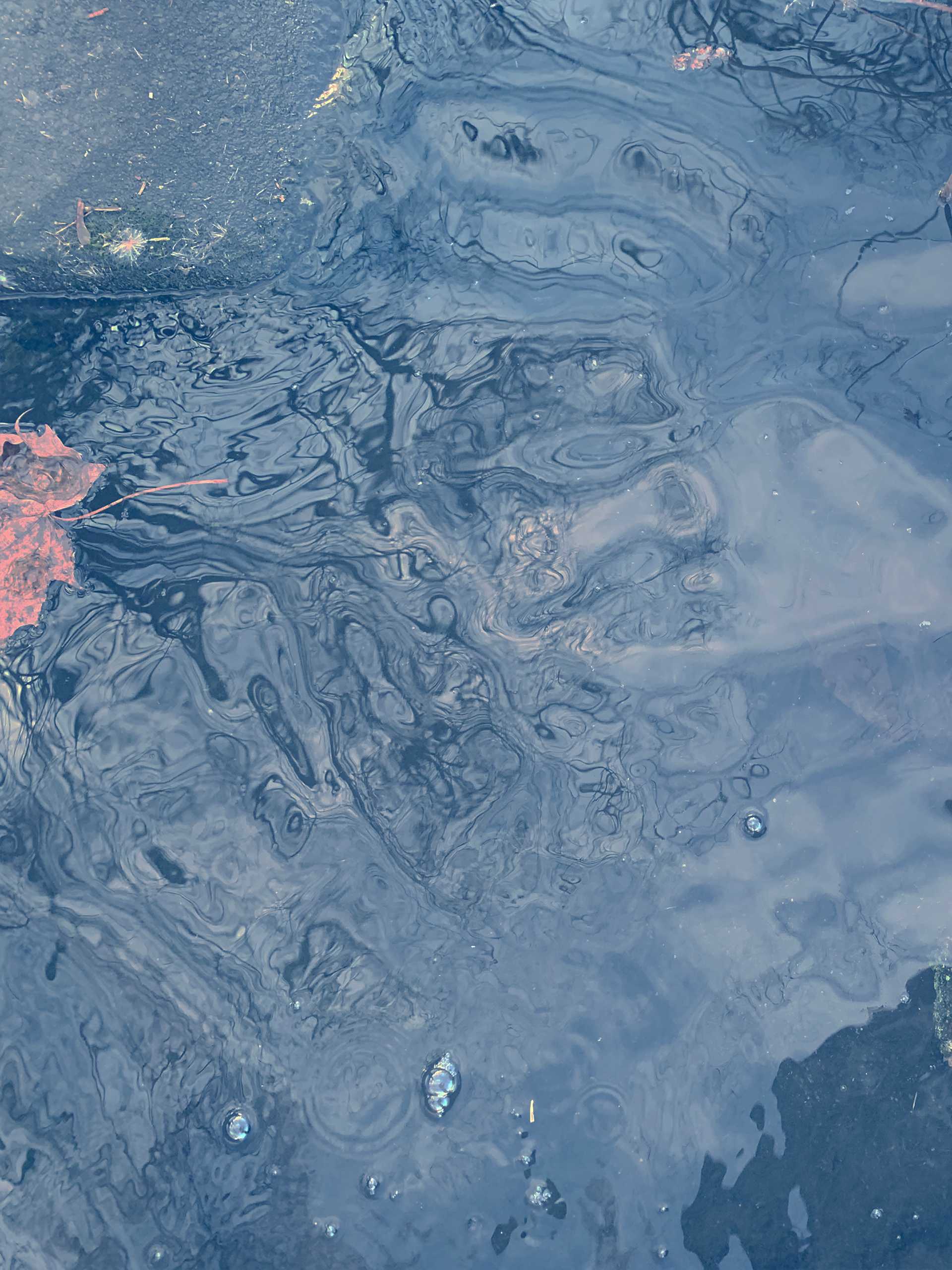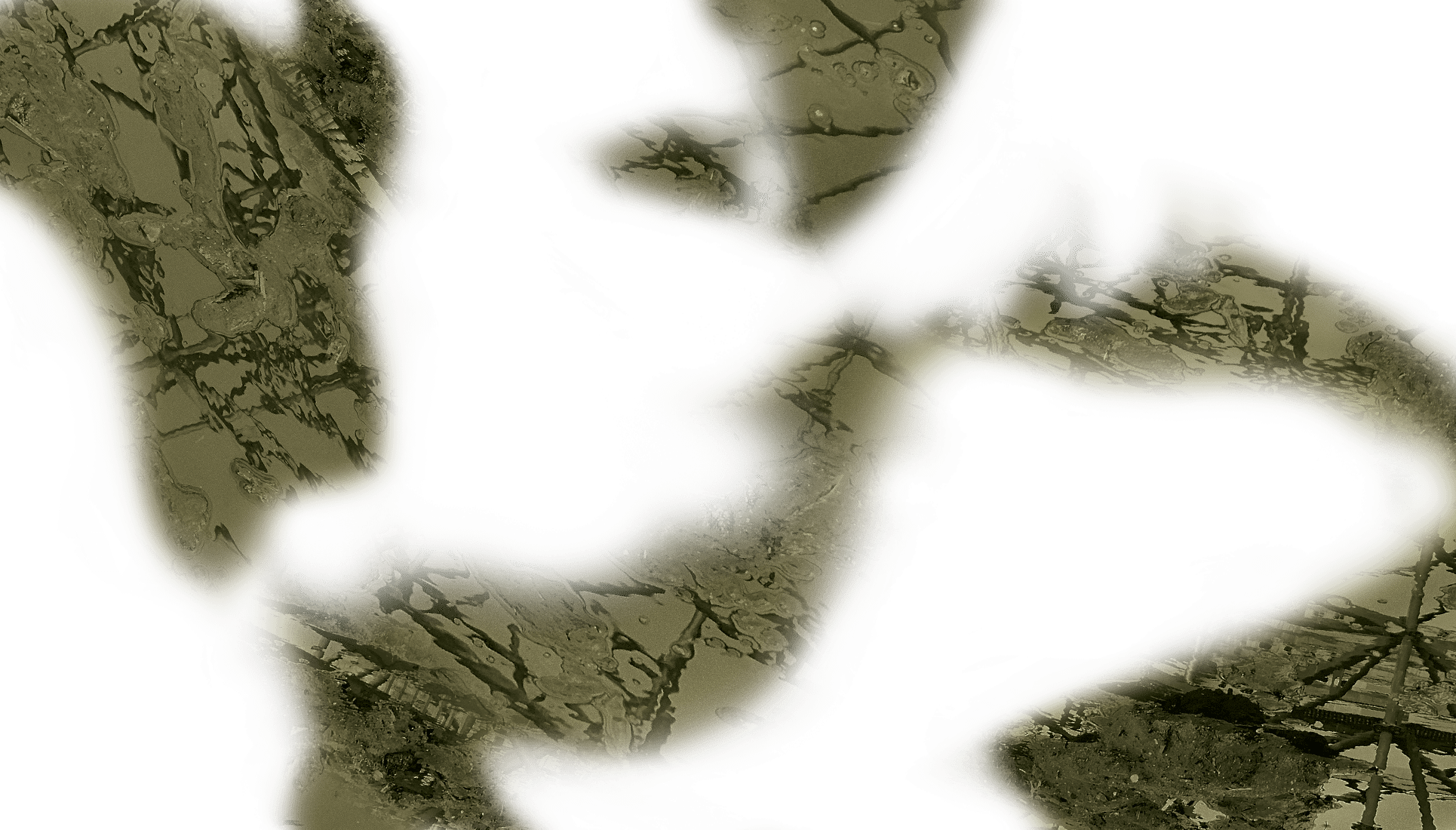⟶ The Demilitarized Zone as a tool for peace
The Demilitarised Zone (DMZ) was established in the course of the post-war order and has become a 'magic tool' to prevent armed conflict. It is also a code with which modern Korean history can be read. The DMZ on the Korean Peninsula is very different in character from demilitarised zones in other countries. It is there to secure peace, and in doing so it is the place with the most weapons in the world. It shapes the Korean present, it is brutal and bizarre, and at any time it is capable of throwing international relations into chaos from one moment to the next. The DMZ ecosystem is one of the three ecological 'central axes' on the Korean peninsula, which, together with the Baekdudaegan Mountains and the coastal wetlands, connects the east and west. This ecological space is characterised by a great diversity of species that exist in different overlapping topographic zones. Kim Seung Ho, Director of the DMZ Ecology Research Institute, presents the ecological value of the DMZ as a common asset of the two Koreas, explains the guiding principle of the South Korean government's DMZ policy to date and its impact on the ecosystem, and concludes by describing how, in his view, the DMZ could be used as a tool for peace.
Kim Seung-Ho (Seoul) has been the director of the DMZ Ecology Research Institute in Paju since 2005. The institute focuses on research and consultancy in ecological environmental policy, including the study of ecological diversity in the DMZ, and the development of educational projects for general audiences and students about nature in the DMZ. Since 2019, he has been part of the Border Area Policy Review Committee in the Prime Minister's Office, and since 2016 he has been working on a network for the conservation of the DMZ's biodiversity in cooperation with the National Botanical Garden.

